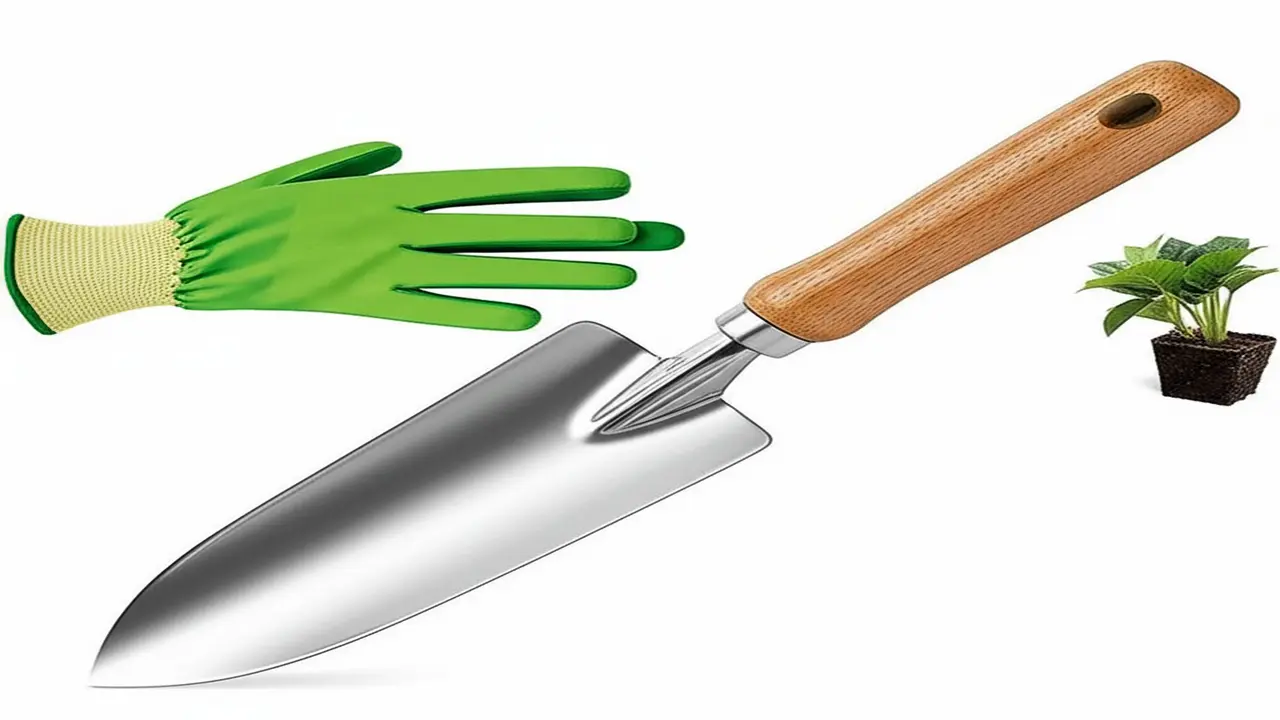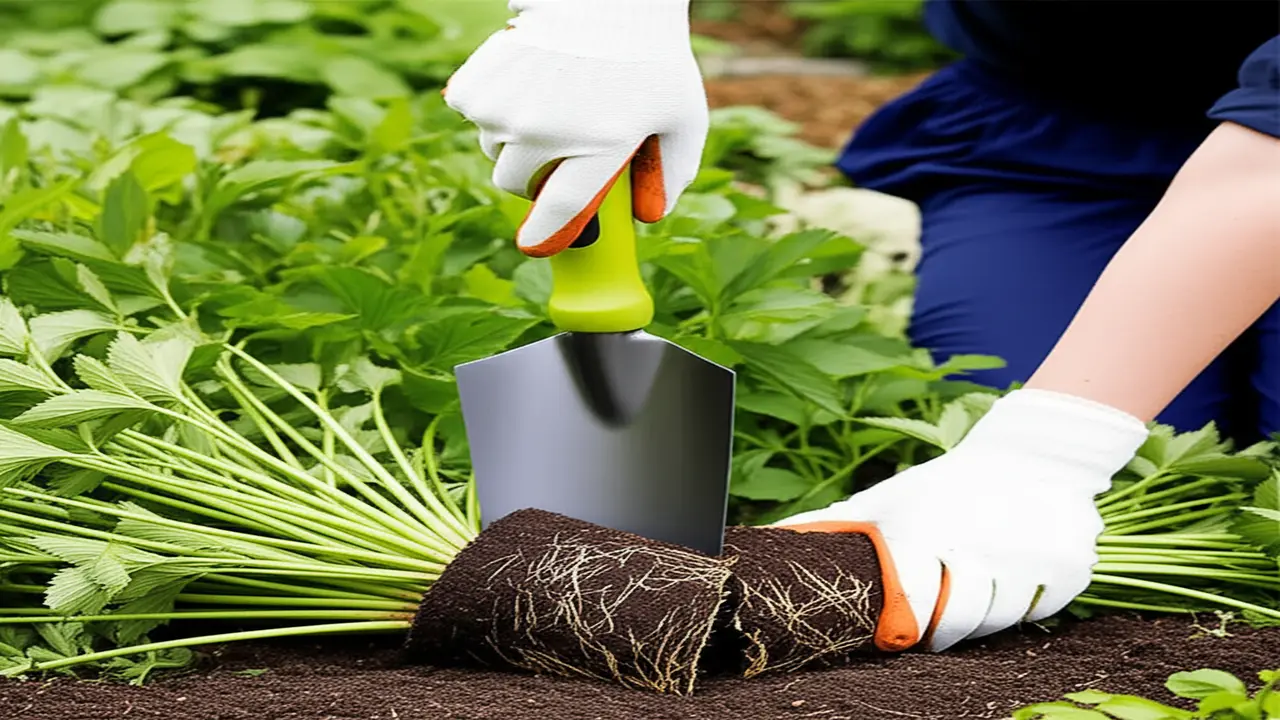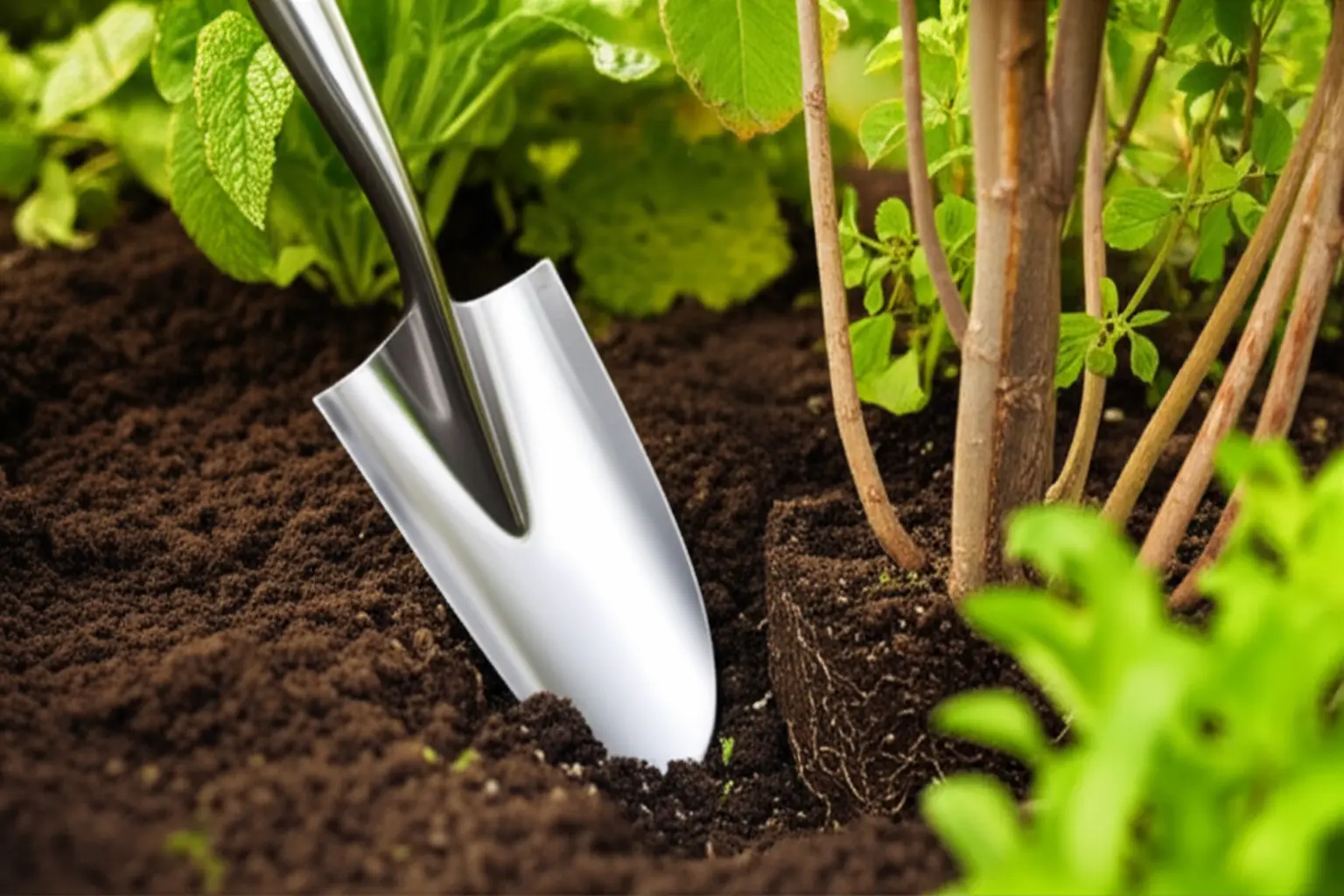
1. What Is a Transplanting Spade?

2. Primary Use: Transplanting Plants

3. Key Secondary Use: Dividing Perennials
4. Additional Practical Applications of the Narrow Blade
5. Benefits and Advantages of Using a Transplanting Spade
Moreover, the transplanting spade excels in accessibility within confined spaces such as tight garden beds or pots where larger tools cannot maneuver easily. Its ergonomic handle design enhances leverage, decreasing user fatigue especially when working in tough soil conditions. This combination of precision, efficiency, and comfort makes the transplanting spade a vital tool for avid gardeners or professionals managing delicate plants.
For gardeners interested in complementary tools that improve soil preparation, consulting guides on best hand cultivators can provide useful insights to optimize overall garden health and productivity.
6. Transplanting Spade Compared to Other Digging Tools
Key differences include:
– Blade Shape: The transplanting spade’s narrow blade allows for precise digging, perfect for seedlings or small plants.
– Functionality: Garden spades are better for heavy-duty digging and cutting roots, while shovels handle bulk material moving.
– Best Use: Use a transplanting spade when you need to minimize disturbance to plant roots during relocation or planting.
Choosing the right tool based on your specific gardening task in 2025 enhances efficiency and plant health. For more on spades, see our guide to best garden spades 2025.

